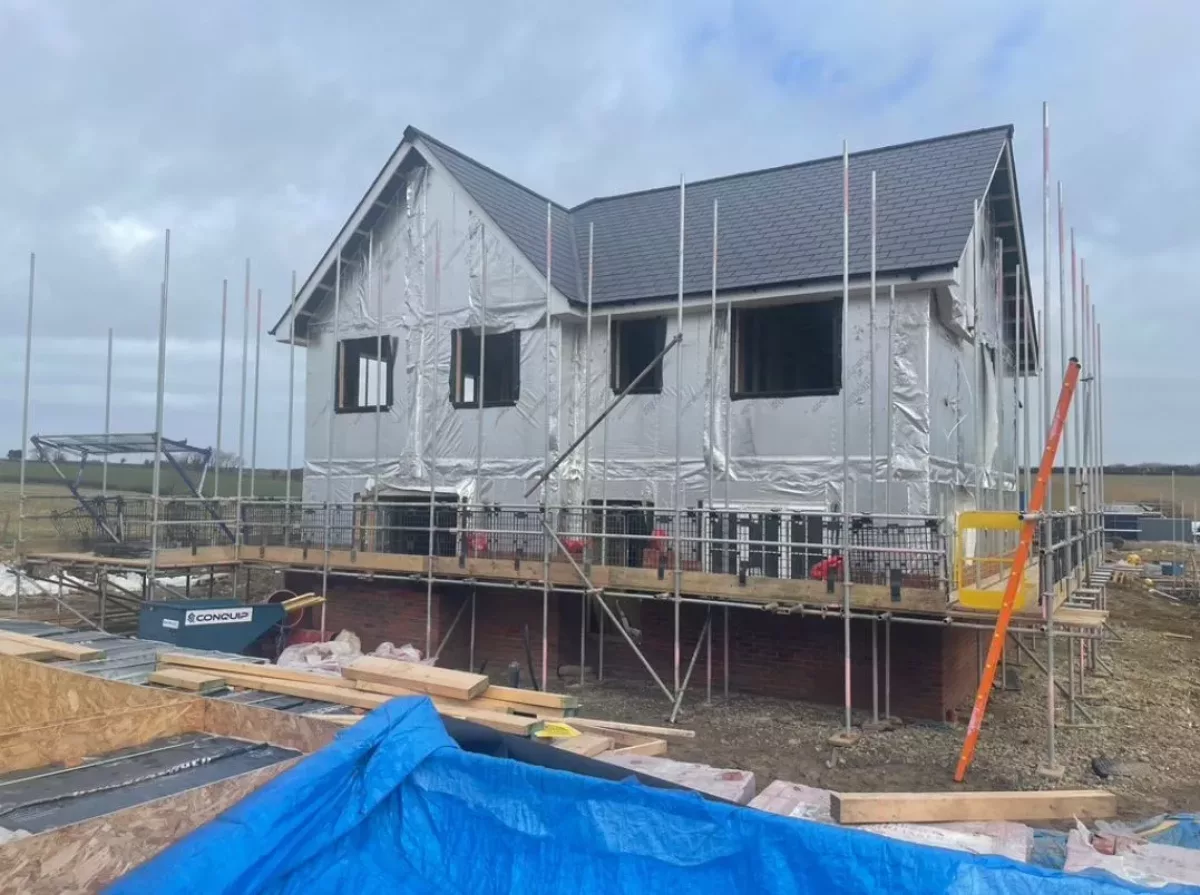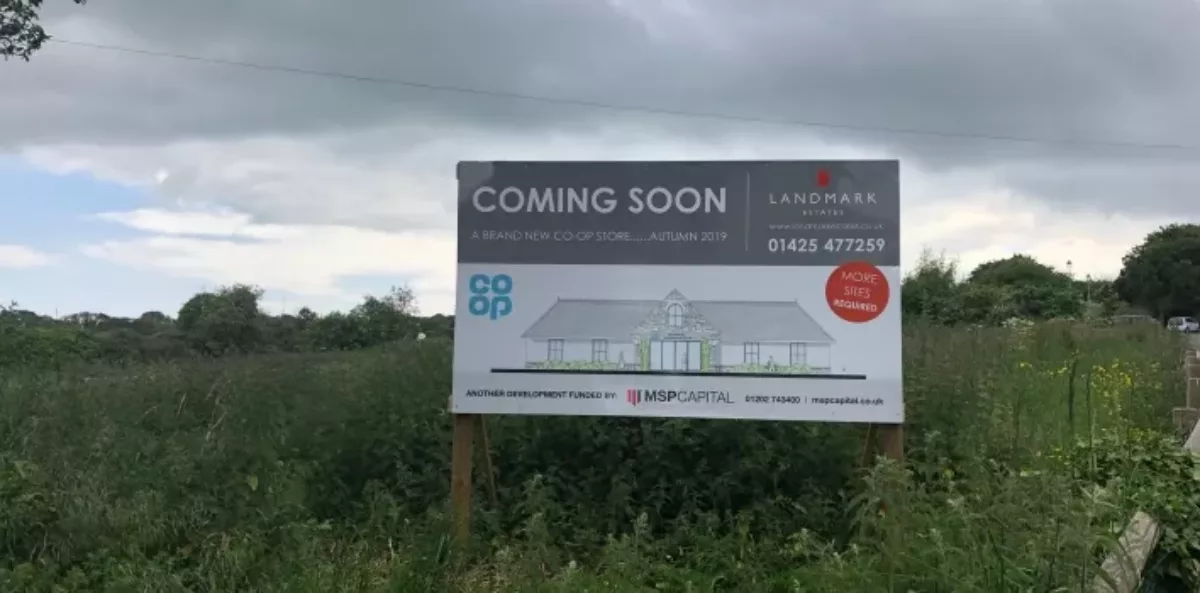We know that developers face a number of challenges when it comes to starting and completing projects. Here, we take a look at some of the most common obstacles and a few ways that these can be overcome.

The demand for new homes continues to outstrip supply in many areas of the UK, despite high inflation and the ongoing cost-of-living crisis.

Seek redevelopment sites
Land availability is an ongoing concern for most housebuilders. But for small to medium-sized construction firms, finding small site opportunities can be particularly challenging.
In the FMB’s House Builders Survey 2022, land availability was cited as the most prominent barrier to building more homes, despite amendments to national planning policy requiring local authorities to enable development on a wider range of sites. The vast majority (82%) of respondents also reported that the number of small site opportunities are decreasing, and that when these sites are discovered, local authorities are often uninterested – making the planning process painful.
Brownfield sites
As of January 2023, up to £180 million was made available via a cross-government initiative to all English councils over a three-year period to support the release of council-owned brownfield land for housing purposes.
While small and medium-sized developers are unable to solve land availability issues independently, new opportunities could be found by targeting sites such as these that would benefit from a change of use.
Plug the skills gap
Most construction firms have been affected by the skills shortage, no matter what their size. Without a thriving and engaged workforce, housebuilders may struggle to continue to grow their business and build more houses. The construction skills gap is an increasing concern, caused partly by an ageing workforce exiting the industry and the loss of EU workers following Brexit.
The construction industry has long had a reputation for being filled with middle-aged white men, suggests Alex Minett, Head of Product and Markets at The Contractors Health and Safety Assessment Scheme (CHAS).
He says: “The skills shortage in construction may be, in part, down to some demographics feeling like the industry is not the place for them. Widening the talent pool for recruitment is just one of the many benefits of a diverse workplace, and diversifying the workforce will help to stop limiting the kinds of people who typically enter the industry.”
To widen the talent pool, Minett believes housebuilders need to work with local communities at a grassroots level to engage young people and underrepresented groups and encourage them to consider a career in the sector.
Upskilling
According to the latest House Builders Survey, firms looking to up-skill their current workers has increased by 10% between 2021 and 2022, with 46% of respondents now claiming to have invested in their workforce over the last year.
However, it is still commonplace for housebuilders to neglect their current workforce in the hope of attracting skilled workers from other firms. Investing in current staff not only improves retention levels, but is often a more viable option than sourcing new staff from a sector that regularly experiences shortages.

Explore alternative sources of finance
A housebuilder could have a team of skilled contractors, access to all the best construction materials, and acres of land at the ready, and still struggle to meet buyer demand due to difficulties accessing finance.
This is particularly true for SMEs: banks have been known to approach smaller firms with caution, seeing them as more of a gamble than well-established builders.
Thankfully, conditions seem to have improved in recent years. The percentage of SME housebuilders citing access to finance as a major barrier to growth has been trending downwards, according to The House Builders’ Survey.
It seems this is partly because many SMEs are moving away from high street banks and turning to specialist property lenders, challenger banks and other non-bank platforms instead. Thanks to more diversity in the market, there are a multitude of ways that housebuilders can fund their projects.
These include Bridging Loans and Development Loans. If there’s a gap between a builder’s deposit and the maximum amount available to them through their lender, mezzanine funding can make up the difference. Mezzanine funding methods can vary depending on the finance provider. Generally speaking, by supplementing their borrowing in this way, developers can often achieve greater returns on their investment by using less of their own capital.

Here at MSP, we know how challenging it can be to meet demand and achieve your goals. From skills shortages to site limitations, house builders have enough to contend with without financial constraints getting in the way too.
That’s why we look for opportunities to lend, rather than reasons not to. Whether you have plans to create a block of new build apartments or you’ve found an ideal transformation project in a popular area, we’ll find the right development finance solution for you.
Speak to a member of our team today for more information.
